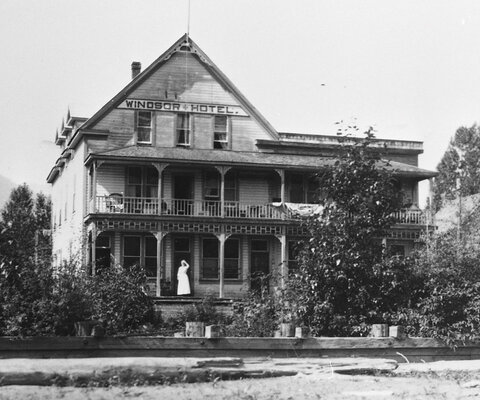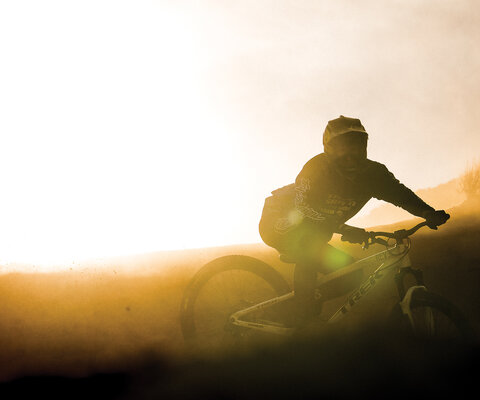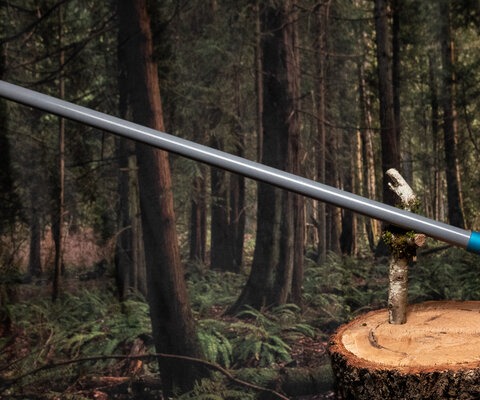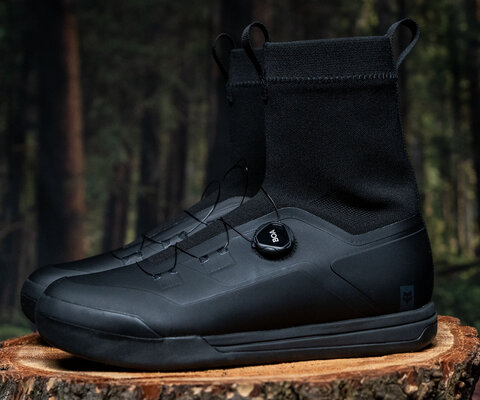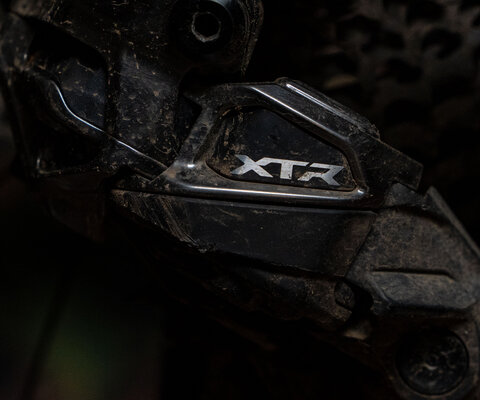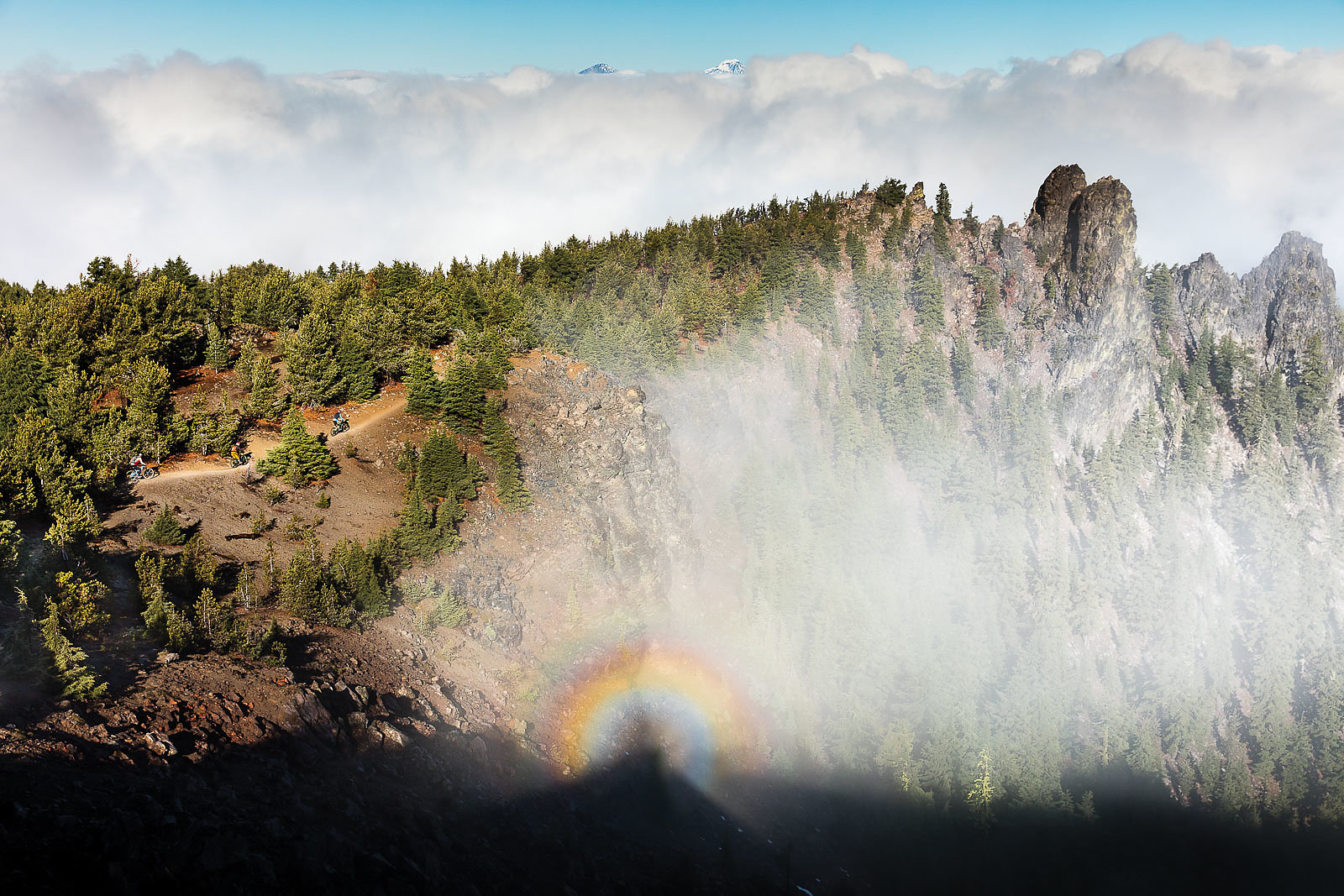
Partying with a Purpose Bend, Oregon's Outdoorsy Nature
Words by Bob Woodward | Photos by Tyler Roemer
On the west side of Bend, a town of 80,000 people located in central Oregon, there is a neighborhood dubbed “Klister Corner.”
The name comes from a very messy cross-country ski wax, which for decades has been the subject of fiery and nerdy debates among area residents—and the glue that holds the community together.
In 1979, rumors of the off-road bicycling boom in Marin County, CA began arriving on the Corner. Like typical Bendites, area residents were active and outdoorsy, and the fledgling sport found fertile cultural ground. Instead of paraffin, summer discussions soon focused on the value of V-brakes, or steel frames versus aluminum.
The debates were just as fiery and just as nerdy as those that took place during winter, and the participants’ dedication was just as passionate. Over the summer, a little fleet of klunker bikes began appearing in the Corner. The area had another advantage—a nearby prominence called Awbrey Butte, which was laced with old logging roads and game trails, and a small group of people began to assemble at the base for regular rides.
The trend spread like Klister on the bottom of a boot, and klunkers became common throughout Bend’s outdoor community. While Bend’s mountain bike scene originated with the fitness-focused residents of Klister Corner, by 1980 a much different group had sprung up—the Black Rock Gang, a crew of veteran off-road motorcycling hooligans who were instantly hooked on the new sport.
“We wanted something new and challenging,” Dennis Heater, founder the Black Rock Gang says. As the group’s de facto merry prankster, local mountain bikers could always find Heater at the head of multi-day wilderness rides, cruiser crawls and bar-to-bar rallies. One of the most memorable was the “Big Hair No Brains” assault of Grey Butte, a 90-minute climb followed by a 35-degree, boulder-strewn descent. Riders finished with a series of burly rollers and tight switchbacks. “Egos and bikes were damaged on that epic,” Heater says.
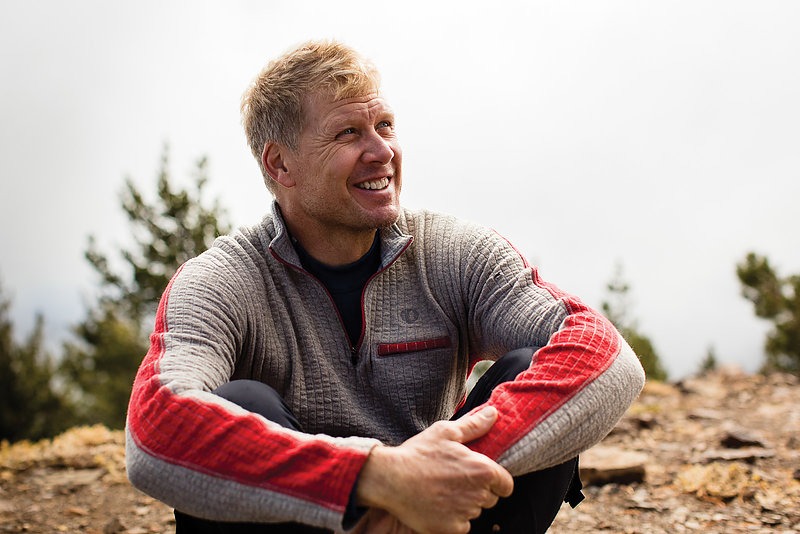
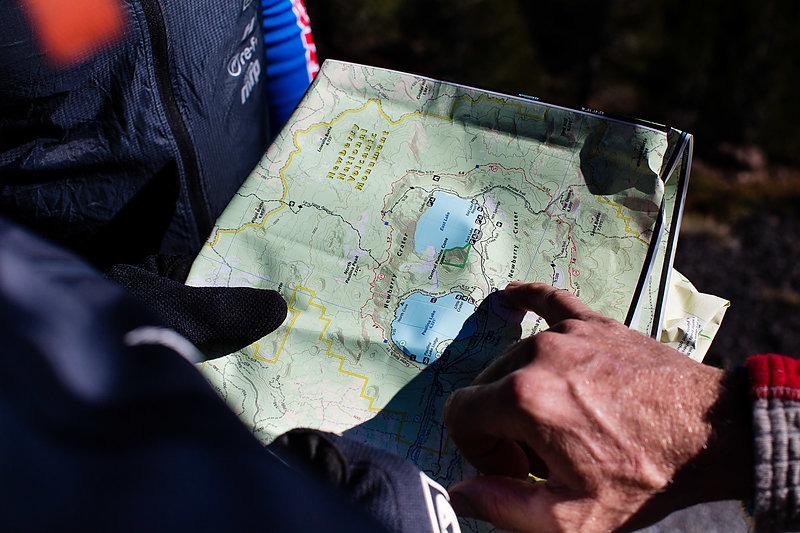
With such a passionate community of riders, industry soon followed. During the mid-1980s, Brad Stankey—a Black Rocker and motorcycle-parts manufacturer—began producing the Speed and Research Outback mountain bike. The Outback found a home at Bend’s Century Cycles bike shop, owned by die-hard rider John Byfield. Byfield was quick to jump on the mountain bike movement, scooping up any models he could find, including the original Specialized Stumpjumper. He also sponsored the area’s first mountain bike race in 1983, the Cascade Cruise, a contest stretching from Mt. Bachelor Ski Area to Shevlin Park just west of downtown.
But perhaps the most influential piece of Bend’s mountain bike history came in the form of a single game trail. As with most places around the country, in the 1980s, most riders in Bend plied the area’s dirt roads. One Saturday in 1985, Phil Meglasson was on such a ride when he spotted an old game trail dropping off into the woods. On a whim, he dived onto the path, following it through a basalt-walled canyon for a mile until it spilled onto another logging road. The next day, he brought friends along and they brushed the narrow dirt thread, unknowingly kicking off a trail-building fever that would spread from Bend throughout central Oregon
Phil’s stretch of singletrack became instantly popular, and it was not long after that a rider named Jimmy T continued the trail beyond the second logging road. Then future Mountain Bike Hall of Fame member Paul Thomasberg took it even farther, and Jeff Frizel beyond that. The rapidly expanding network was dubbed “Phil’s,” and was the crown jewel of the fledgling riding community.

However, if there’s one lesson every mountain biker eventually learns, it’s that an unsanctioned party can’t go on forever. Both despite and because of the riders’ extensive work, the size of “Phil’s” forced the United States Forest Service to put their foot down. The “easier to ask forgiveness than permission” approach wasn’t one of which the USFS approved, and without any sort of formal organization, the mountain bikers couldn’t effectively talk with the government.
On a spring evening in 1992, most of Bend’s riders—including the Black Rock Gang and the Klister Corner crew—gathered with the purpose of creating an official body to champion their cause. From that meeting came the Central Oregon Trail Alliance (COTA) a nonprofit spearheaded by avid rider and attorney Brand Chalfant. It was a wild success. Both existing and newly built trails were sanctioned, a testament to the unity of the local dirt bikers and cross-country skiers. Now they were partying with a purpose.
The original COTA consisted of 35 members and a dozen or so trail builders. Twenty-five years later, COTA can now count more than 600 members, a large percentage of which show up for trail maintenance days and building efforts. What began with 35 miles of trail has become a network of more than 250 (with more on the way), which boasts a stunning variety of terrain, built in collaboration with both the Bureau of Land Management and USFS. For Woody Keen, renowned trail-building consultant and recently appointed member of COTA’s board of directors, the organization is an example of how bikers, land managers and town authorities can work effectively to benefit everyone.
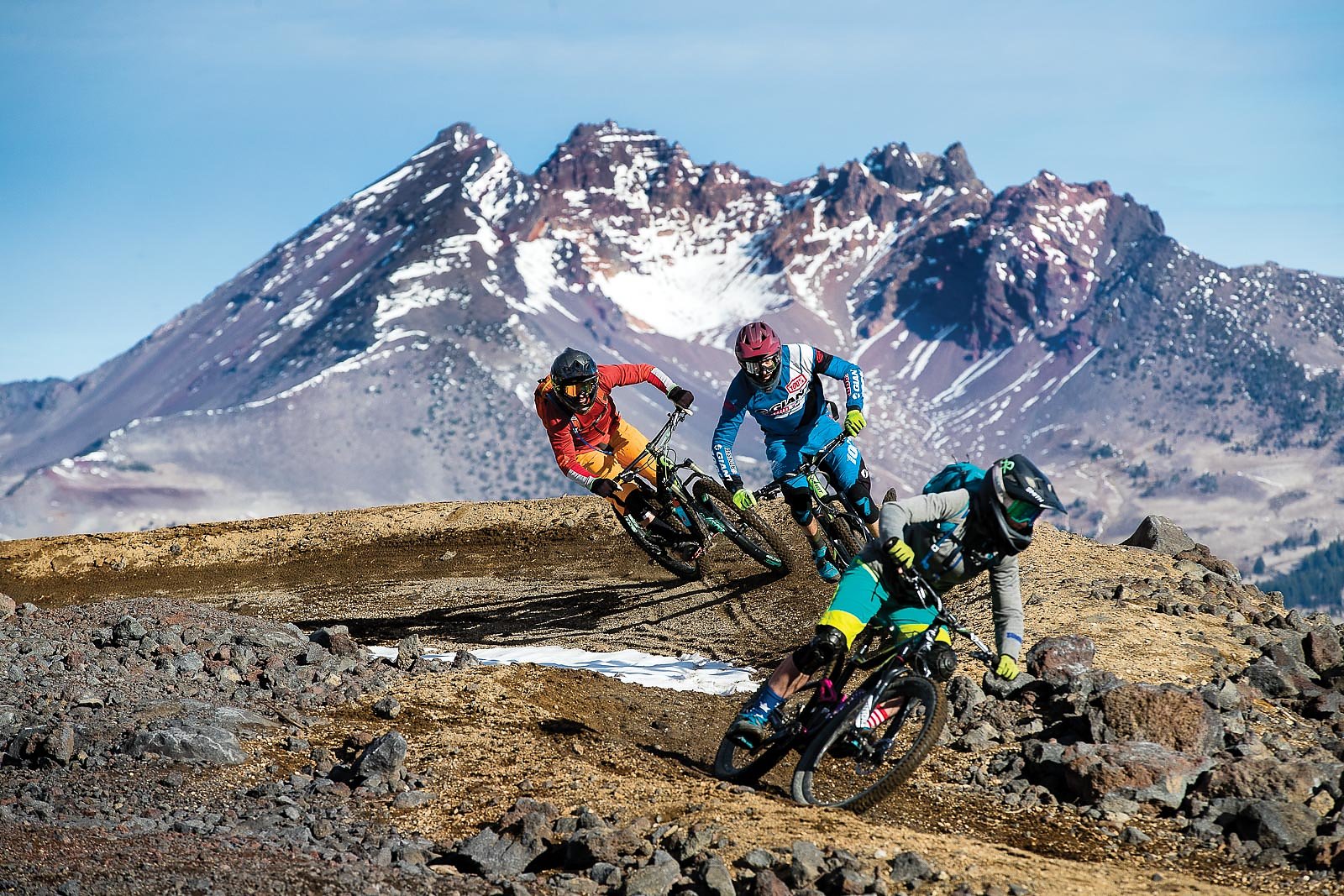
It’s been more than three decades since those first klunkers appeared in Klister Corner, and Bend’s riding community has since evolved from a group of buddies on logging roads to a well-known destination for families and hardcore bikers alike. As the sport has changed, so have the options in Bend and central Oregon, with pump tracks, freestyle jump lines and lift-serviced downhill trails on Mt. Bachelor.
“You can hop on singletrack virtually from town, and peel off on a 100-mile ride without using the same trail twice,” Thomasburg says.
Despite all this change, Bend has stayed true to its roots of comradery and fostering the outdoor-prone lifestyles that kick-started the mountain biking movement three decades ago. The Klister Corner originals still ski, and the Black Rocks still ride their motorcycles. But continuing their longstanding legacy, both groups—along with almost everyone else in town—ride bikes, ensuring there’s never a boring day in Bend.
![“Brett Rheeder’s front flip off the start drop at Crankworx in 2019 was sure impressive but also a lead up to a first-ever windshield wiper in competition,” said photographer Paris Gore. “Although Emil [Johansson] took the win, Brett was on a roll of a year and took the overall FMB World Championship win. I just remember at the time some of these tricks were still so new to competition—it was mind-blowing to witness.” Photo: Paris Gore | 2019](https://freehub.com/sites/freehub/files/styles/grid_teaser/public/articles/Decades_in_the_Making_Opener.jpg)
